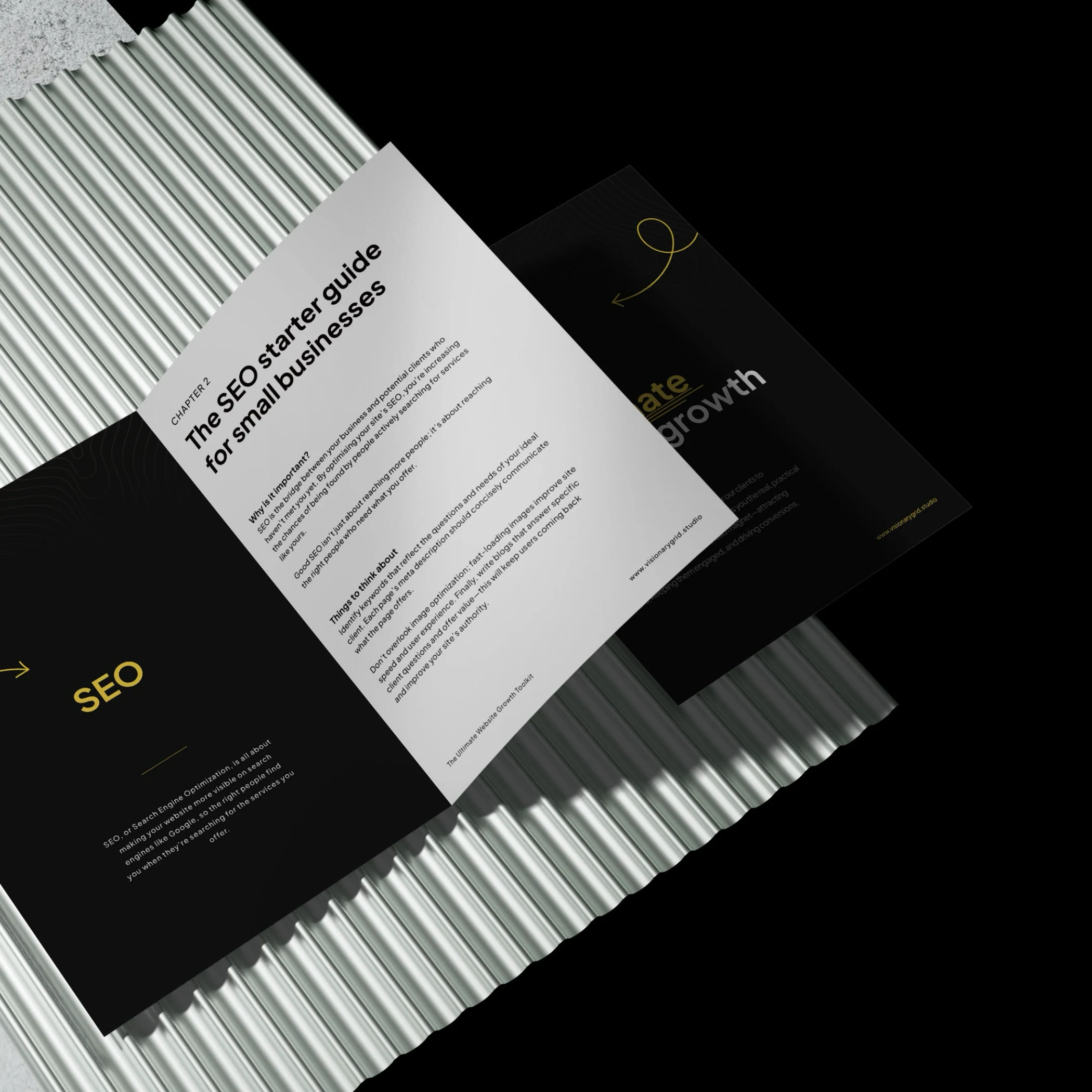How to Identify and Speak Directly to Your Ideal Client
February 3, 2025
The Importance of Knowing Your Audience
“If you try to speak to everyone, you end up speaking to no one.” This is especially true in professional services. Law firms, financial firms, consulting firms, B2B SaaS, private equity, and investment firms all operate in highly competitivespaces. If your messaging isn’t laser-focused, it blends into the noise.
Your clients are decision-makers. They don’t have time for vague value propositions. They want to know—quickly—whether you understand their challenges and can solve them. If your website, emails, or sales pitch aren’t landing, chances are, you’re not speaking their language.
In this guide, we’ll walk through a clear, actionable process to identify your ideal client and craft messaging that resonates.
Step 1: Build a Client Persona
You wouldn’t walk into a courtroom without knowing the case. You wouldn’t pitch an investment without understanding the market. So why create messaging without defining your ideal client first?
1.1 Who Are They?
Start by outlining the key characteristics of your ideal client:
- Industry (e.g. law, finance, consulting, B2B SaaS)
- Company size and revenue
- Decision-makers (Who has the final say?)
- Common objections (What stops them from buying?)
1.2 What Drives Their Decisions?
Professional service clients are rational, but they buy emotionally. What pressures do they face? Do they need to establish credibility, reduce risk, or attract high-value clients themselves? Understanding their motivation is key to crafting persuasive messaging.
Step 2: Research Client Needs and Language
2.1 Analyse Competitors (and Do Better)
Look at how other firms in your space communicate. What’s working? What’s not? If everyone is saying the same thing—“We provide innovative solutions”—that’s a red flag. Your positioning must stand out.
2.2 Listen to Your Clients
Use direct sources:
- Client interviews
- Industry forums & LinkedIn discussions
- Sales call transcripts
Pro tip: Pay attention to the exact words they use. If a law firm partner says, “We need to appear more credible to enterprise clients,” that’s gold. Mirror that language in your messaging.
2.3 Find the Gaps
Is your audience frustrated by slow processes? Generic agencies? Lack of strategic insight? Position yourself as the answer to their frustrations.
Step 3: Tailor Messaging to Their Pain Points
3.1 Speak to Their Problems First, Not Your Services
Most firms make the mistake of leading with what they do. Instead, lead with what your client is struggling with:❌ “We build high-performance websites.”
✅ “Clients visit your website but don’t see your expertise. We fix that.”
3.2 Use the Right Tone and Structure
Your audience is busy. They skim. Make your message digestible:
- Short, clear headlines (No corporate jargon!)
- Direct language (Say it how they’d say it)
- Authority-driven proof (Case studies, client results)
3.3 Refine Your Calls to Action (CTAs)
Your ideal client doesn’t want to "learn more." They want clarity. Test stronger CTAs like:
- “See how we position firms like yours.”
- “Find out if your messaging is attracting high-value clients.”
Check Your Positioning
If your messaging isn’t attracting the right clients, it’s costing you opportunities. Use this framework to refine your approach, and test whether your positioning truly speaks to your ideal client.
👉 Take our free Positioning Quiz to see if your website and messaging align with your audience.

Grab our PDF toolkit to transform your website into a client magnet
Are visitors coming to your site but leaving too soon? This toolkit has everything you need to make your website a client-generating powerhouse, from boosting visibility on Google to creating an experience that keeps visitors engaged and ready to take action.
Inside, you’ll get insights on:
- Improving SEO so clients find you first
- Designing a smooth user experience to reduce drop-offs
- Crafting clear, engaging messages that build trust
Is your website costing you investors & customers?
Submit your site for a free Startup Website Stress Test.
We'll personally review your site and send you a 5-minute video breakdown of what’s working, what’s broken, and how to fix it—so you don’t lose opportunities.